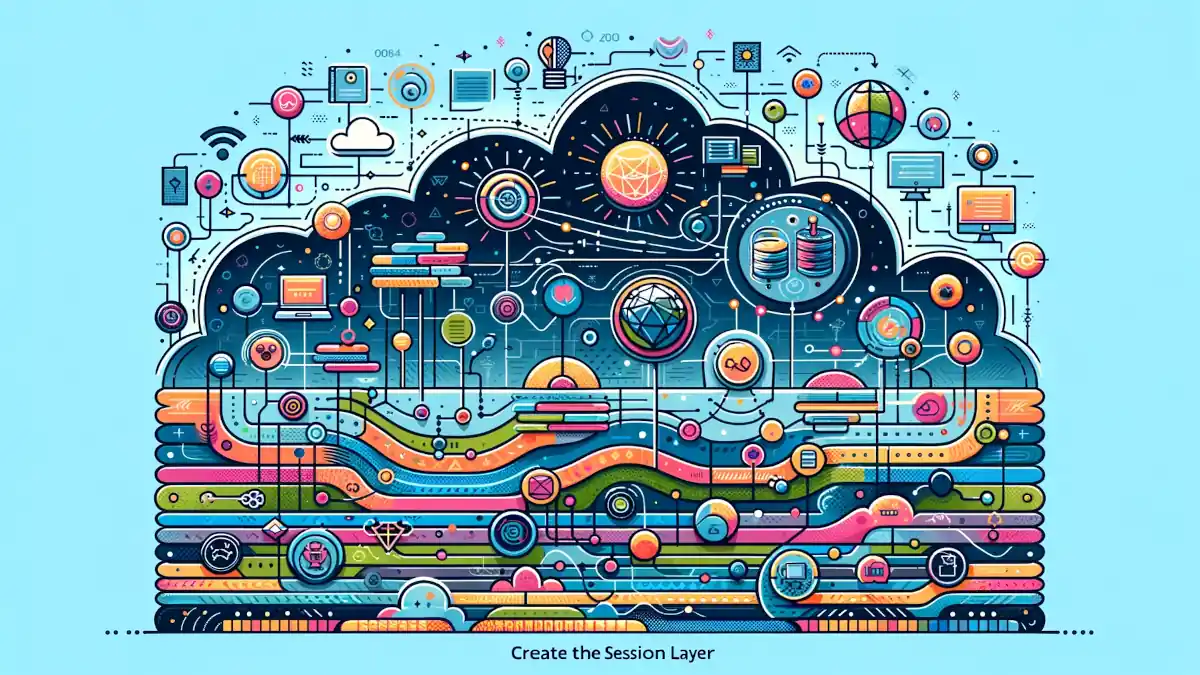Tag: data communication
-

HTTP/2 Multiplexing: Revolutionizing Web Communication
By allowing multiple requests and responses to be sent simultaneously over a single TCP connection, HTTP/2 multiplexing dramatically improves web performance, reducing latency and optimizing resource utilization.
-

Exploring the Session Layer in the OSI Model
Delve into the Session Layer of the OSI Model: understand its functions, protocols, and impact on network communication in this detailed exploration.
-

History of Fiber Optics
It’s important to study the history of fiber optics to understand that the technology as it exists today is new and still evolving.
-

Parallel Transmission
Learn what is Parallel Transmission, the difference between serial and parallel transmission, IEEE 1284 standard (SPP, EPP and ECP) and many other questions we may want to know the answers to.
-

Asynchronous Transmission
Asynchronous Transmission is a mode of serial transmission for modems and other telecommunication devices in which the data is transmitted as a continuous stream of bytes separated by start and stop bits.
-

D Channel: The Backbone of ISDN Signaling
D Channel is a circuit-switched channel in Integrated Services Digital Network (ISDN) technologies that carries signaling information between the customer premises termination and the central office (CO) of the telecommunications service provider or telco.
-

Understanding the Application Layer in the OSI Model
Explore the Application Layer of the OSI Model in-depth: its role, functions, protocols, and real-world applications, in this comprehensive encyclopedia entry.
-

Half-Duplex Communication
In technical applications, half-duplex allows a device to send information and then switch to receive mode, similar to a walkie-talkie. When one person speaks, they press a button, and their message travels across a single channel.
-

Serial Line Internet Protocol (SLIP)
SLIP is an industry-standard protocol developed in 1984 for UNIX environments that supports TCP/IP networking over serial transmission lines.
-

Line Coding
Line Coding is a method of placing digital signals on a wire.
-

Full-Duplex Ethernet: Doubling Network Efficacy
Full-Duplex Ethernet is an emerging type of Ethernet that supports full-duplex communication between stations on the network.
